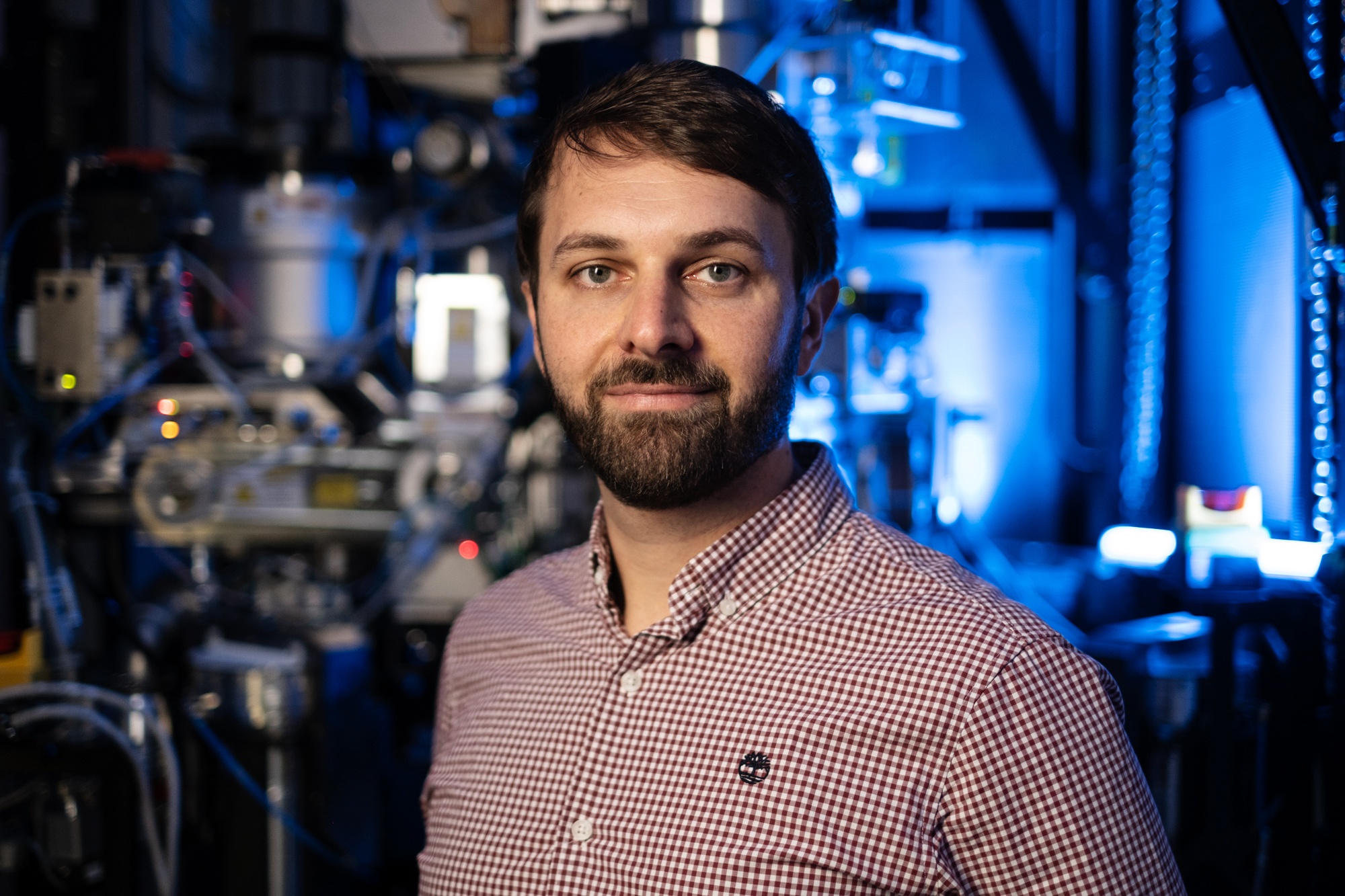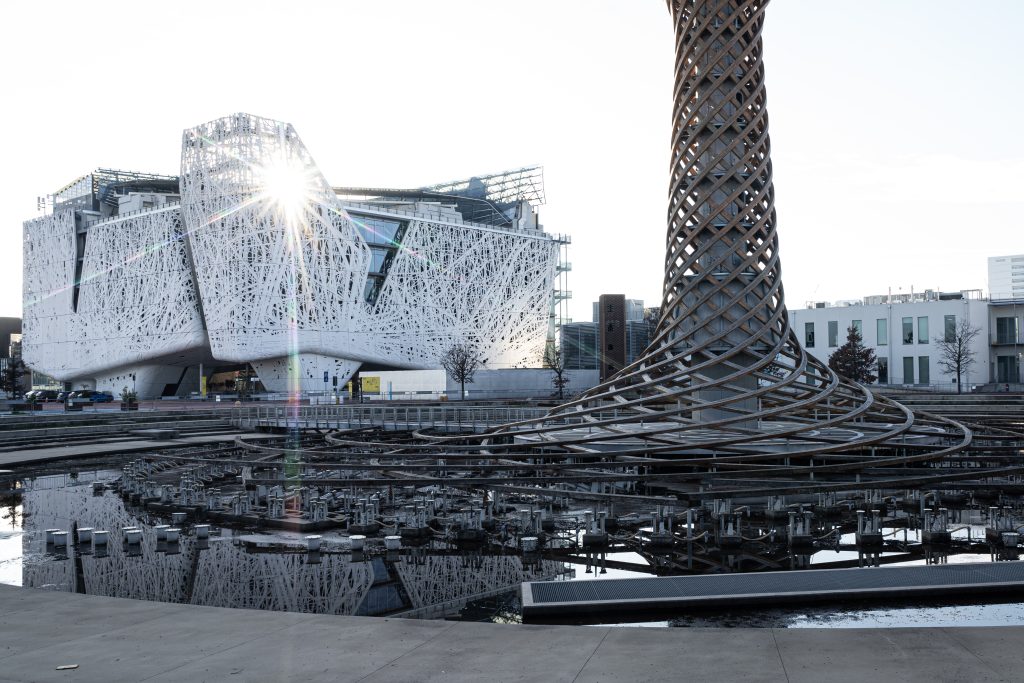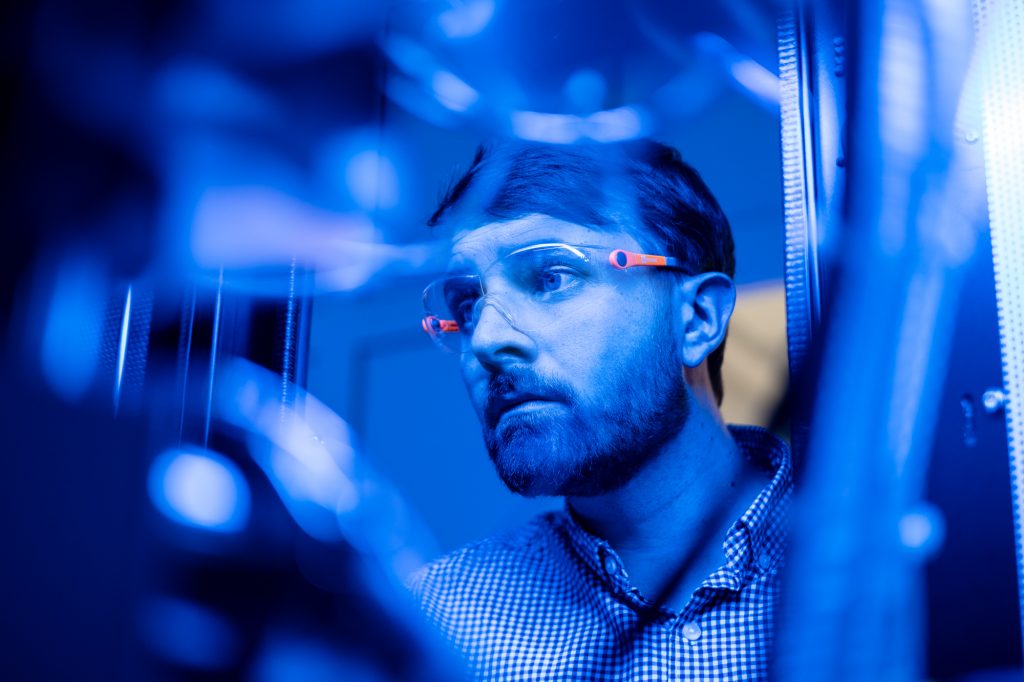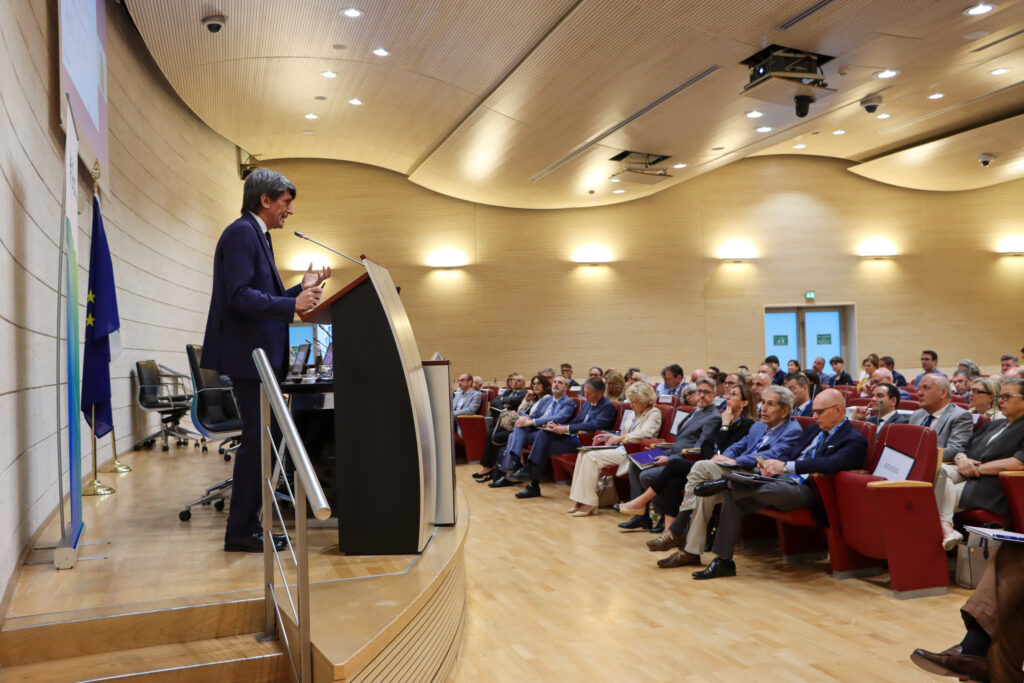The National Facility for Structural Biology with Paolo Swuec

Meet Paolo Swuec, responsible for running the Italy’s first Cryo-EM Facility and, today, Head of the National Facility for Structural Biology at Human Technopole: a hub for cutting-edge research, facilitating the structural characterization of biological entities, ranging from tissues to amino acid side-chains. Under Paolo’s leadership, the NF will operate with a team of highly trained technologists, experts in biomolecule production, biophysical analysis, structural proteomics, single-molecule and electron microscopy imaging. The goal is to provide access to state-of-the-art technology, foster scientific collaborations, and propel advancements in the national and international scientific landscape.
Paolo, tell us about your background: what inspired you to pursue a career in life sciences research?
The intricate dance of life at the microscopic level has always blown my mind. Since I was a kid, I found myself drawn to the hidden world of nature, cells, and biological mechanisms. The potential to unravel mysteries that impact both human health and the environment led me to study Pharmaceutical Chemistry at the University of Padova (Italy). There, the sheer complexity and elegance of how living organisms function ignited a curiosity that propelled me through a PhD in Structural Biology at the Cancer Research UK London Research Institute (now part of The Francis Crick Institute, UK). I then moved back to Italy to set up and run the first Cryo-EM Facility of the country. In 2020, I started my adventure in Human Technopole as Head of the Cryo-EM Facility who led me today to become Head of the National Facility for Structural Biology.
If I have to define what inspires me, I can only simply say that it’s the relentless pursuit of knowledge and the chance to contribute to a better future for humanity.
What experience from your career has had a lasting impact on your professional development? Are there any specific sources of inspiration that have influenced your journey?
I cannot really identify a single memorable experience, as I am still learning and being constructively influenced by the people I have around. When I was an undergrad, someone taught me to believe in myself. When I was a PhD student, someone taught me to be the first reviewer of any of my experiments. When I was a PostDoc and Facility manager, someone taught me that hard work not always shows but always pays off. Now that I am working as the Head of the National Facility, I have many brilliant minds around to teach me how to be supportive, present, and inventive. I am grateful to all of them.
As for source of inspiration, Richard Feynman is my idol. Besides being both a great scientist and communicator, during a talk in 1959 he said: “Make the microscope one hundred times more powerful, and many problems of biology would be made very much easier”.
Can you describe a time when you faced a setback in your career, and how you overcame it?
I am lucky enough to have never had to deal with significant setbacks. The real challenge was when I had to decide to fully pursue a career in technological development as Head of a Cryo-Electron Microscopy Facility. It has been quite a leap but after many years I can tell it was the right choice. I feel I fully belong to this role. The only thing I have to learn is to never underestimate my comfort zone and natural propensity.
What does the National Facility for Structural Biology do in HT? Could you briefly explain its objectives and goals?
The cutting-edge technologies within the previous CryoEm Facility have been made available to the entire national community as part of the National Facility for Structural Biology that is serving as a technological platform for the structural characterization of biological players of interest across scales: from tissues to amino acid side-chains. The National Facility is operated by highly trained technologists with expertise in all aspects of biomass production, biophysical characterization, structural proteomics analysis, single-molecule and electron microscopy imaging. Our main goal is to provide access to state-of-the-art technology, foster scientific collaborations, and advance the national and international technological landscape.
What achievements has the Facility already made?
The Facility has actively participated in numerous research projects with HT-internal scientists, some already published in high-impact journals and others planned for publication in the coming months. I must say that I am immensely proud of the quality of both our research and our scientists. Perhaps the most notable achievement, in all fairness, has been our ability to plan, build, and operate a research infrastructure completely from scratch. In the span of just one year, we transformed from a mere parking lot into an excellent research centre. A tree that has already produced the first fruits.
Can you share any upcoming projects or initiatives that the Facility is planning to undertake?
At the moment, we are working full steam ahead on all the tasks related to access to the National Facility for external users. The Pilot Call has been officially opened to support, guide and perform experiments with scientists who have submitted a research proposal that has been successfully evaluated by an HT-independent selection panel. Together with access to equipment we will also grant ad-hoc training schemes and workshops, as our mission is also aimed at sharing our know-how and promoting tech advances.
How does the National Facility contribute to advancements for human life and technology?
The power of Structural Biology is to reveal biomolecular structures essential for drug design and disease understanding. This guides precise drug development to improve treatment efficacy and offers a benchwork to dissect the molecular etiopathology of a certain disease, thus significantly advancing human health and well-being.
How do you foster collaboration and interdisciplinary research within and outside HT?
We promote collaborations by organizing cross-disciplinary meetings, facilitating shared resources, and encouraging regular information exchange between our NF and partnering Research Groups. This dynamic interaction sparks innovative ideas and fuels interdisciplinary research breakthroughs.
What are the main challenges you face leading a National Facility, and how do you overcome them?
Let me put it in very simple terms. It is like one builds a house with a kitchen equipped to prepare meals for the family. We now start cooking for the entire block. This implies a completely different way of managing resources, both human and material. We have already put in place streamlined protocols and workflows to minimize equipment downtime and grant efficient use of resources for both internal and external users.
How do you maintain a work-life balance while leading a National Facility? Are there any strategies you find helpful in managing your time effectively?
First thing first: Γνῶθι σαυτόν (know thyself). Don’t take work-related feedback personally. Practice mindfulness.
What are some emerging trends or technologies in your research field that you find particularly exciting or promising for future research?
Much has been accomplished, yet much remains to be done. Over the past 20 years, all major revolutions in the field of structural biology have been technology-driven. I believe we are entering an era where applications will be crucial for successful scientific advances. For instance, the possibility to correlate imaging data with spatial transcriptomics or mass spectrometry truly enhances the transition from visual information to functional insights.
How did you first hear about Human Technopole? What attracted you to apply here?
The first time I heard about it was in the press. The magnitude of the investment and the fact that they had planned a dedicated Centre for integrative structural biology from the beginning made me apply without hesitation.
What do you think you would be if you were not a scientist?
Anything that can be done by the seaside. If you know of any Electron Microscopy Facility by the sea that is hiring let me know!



